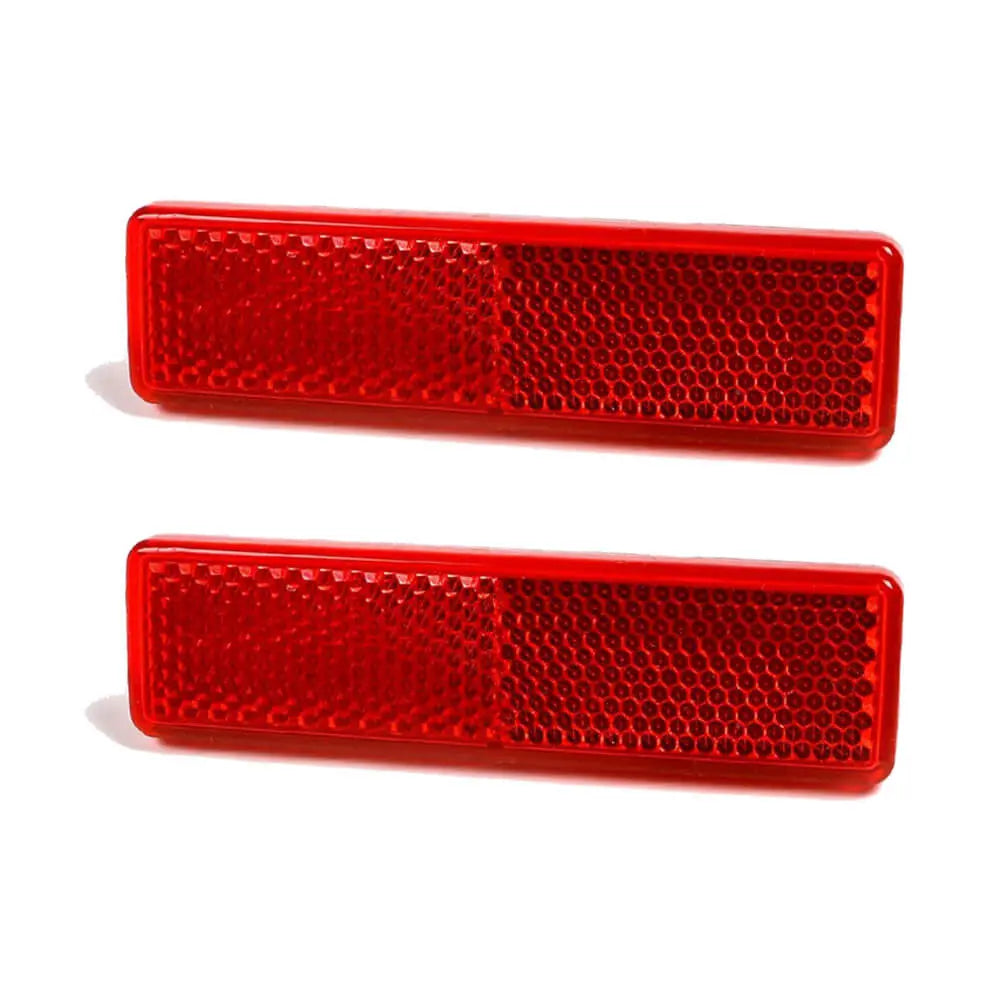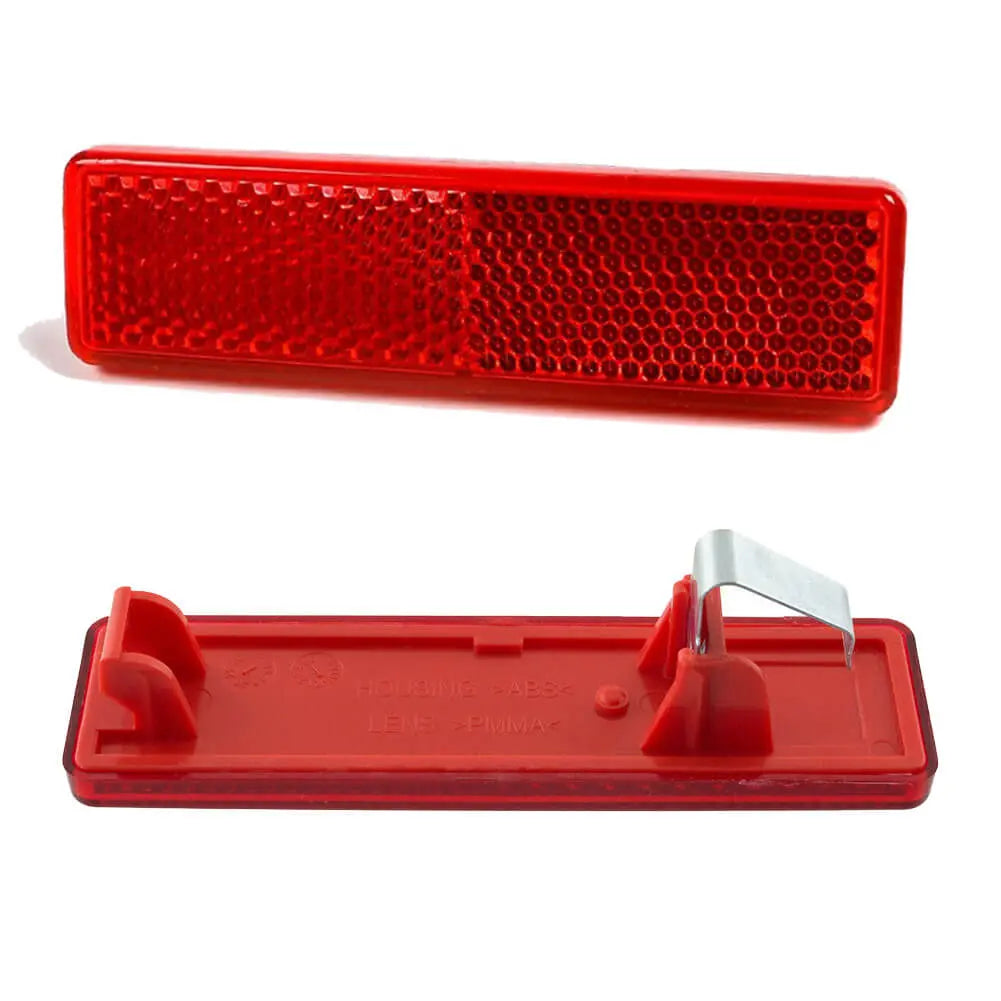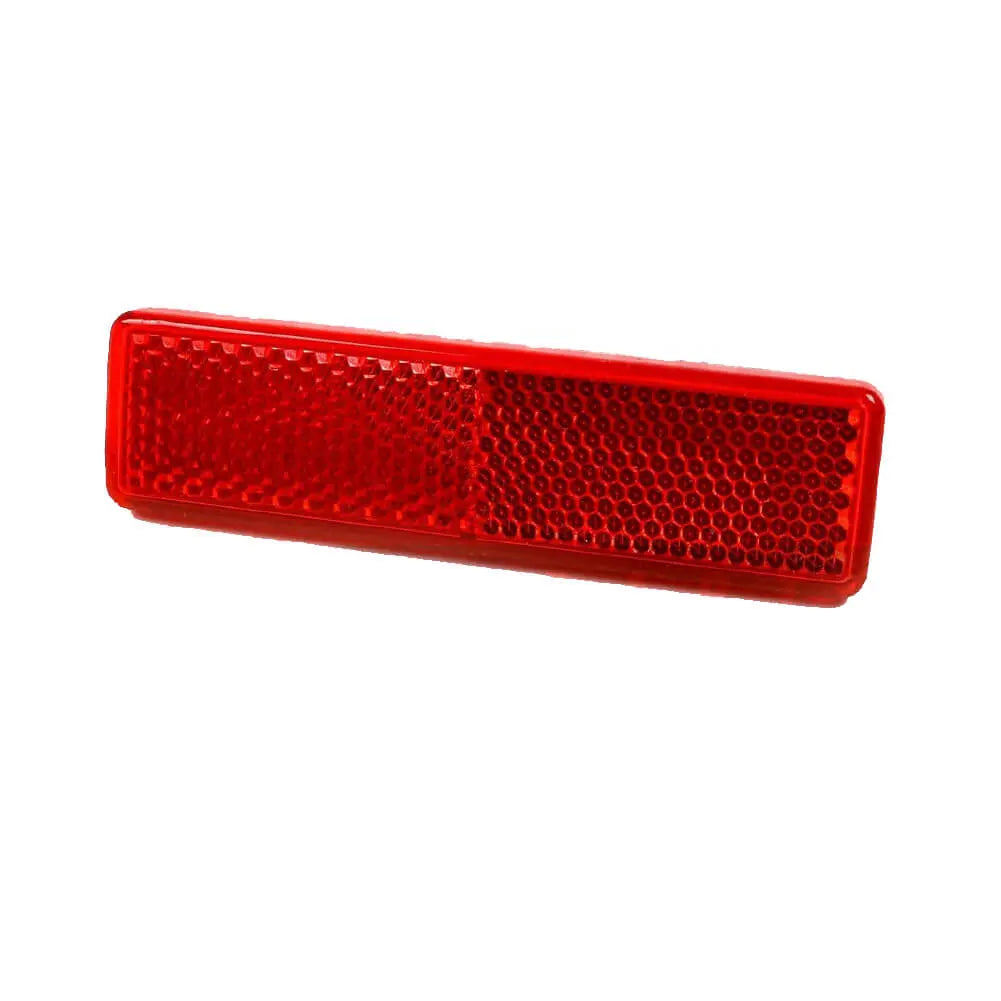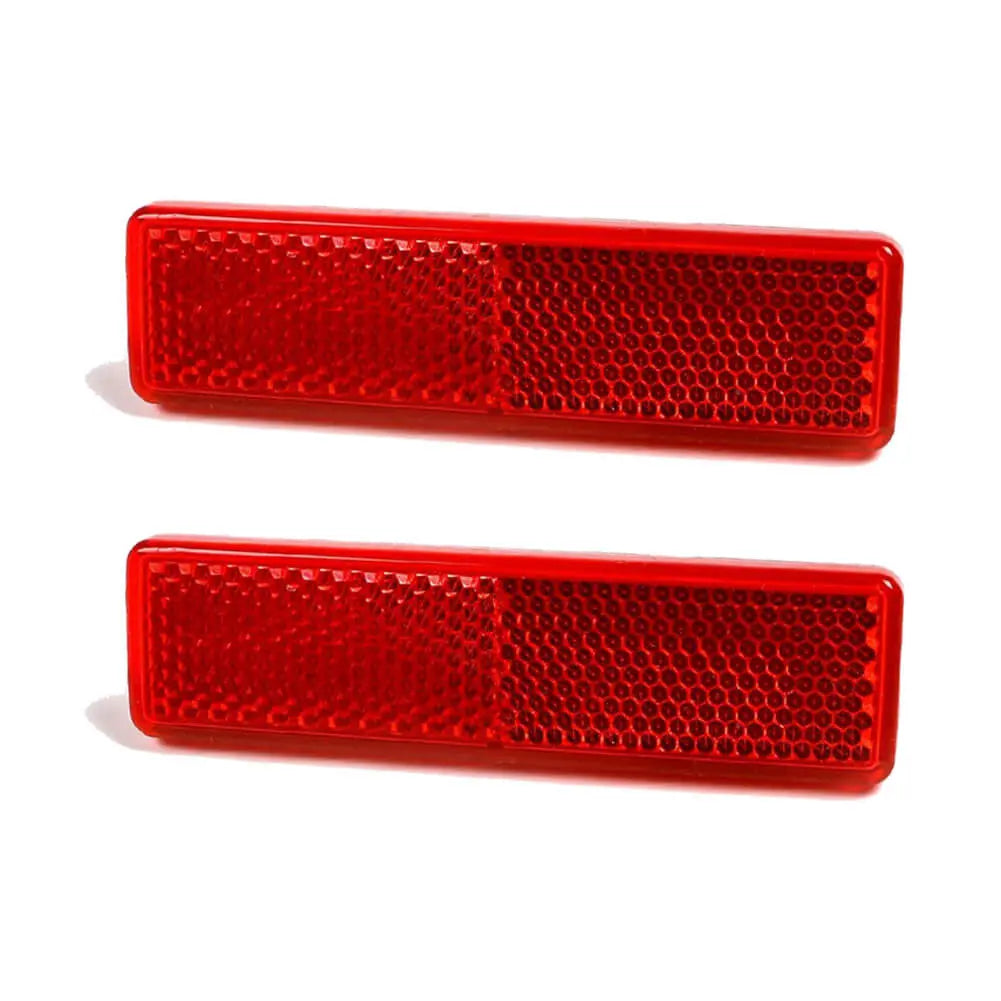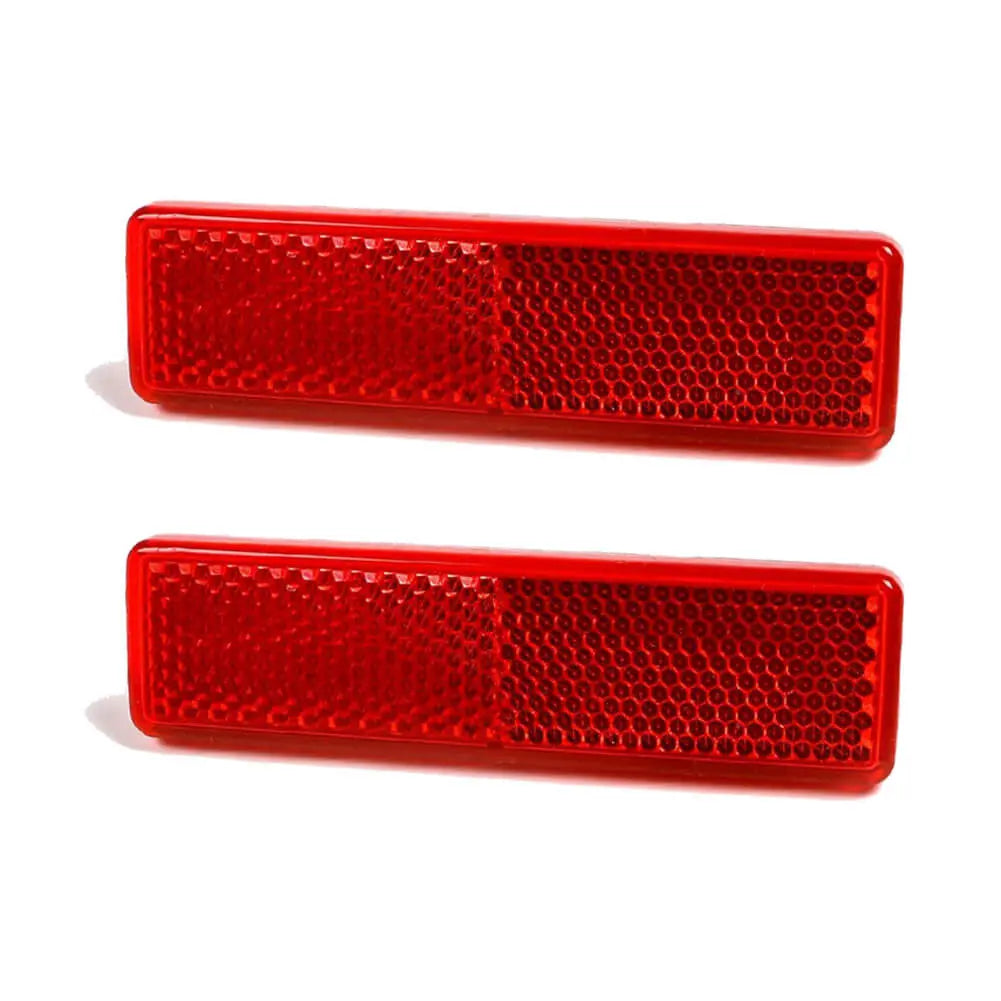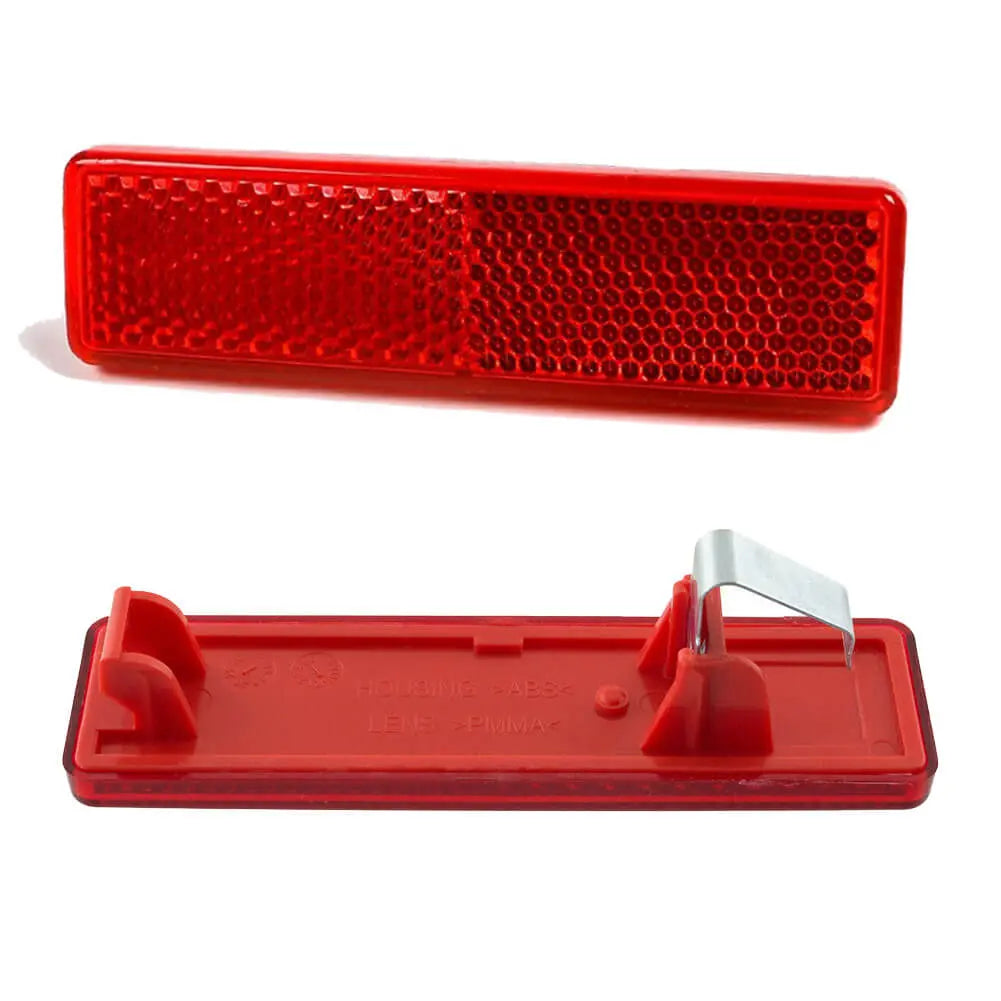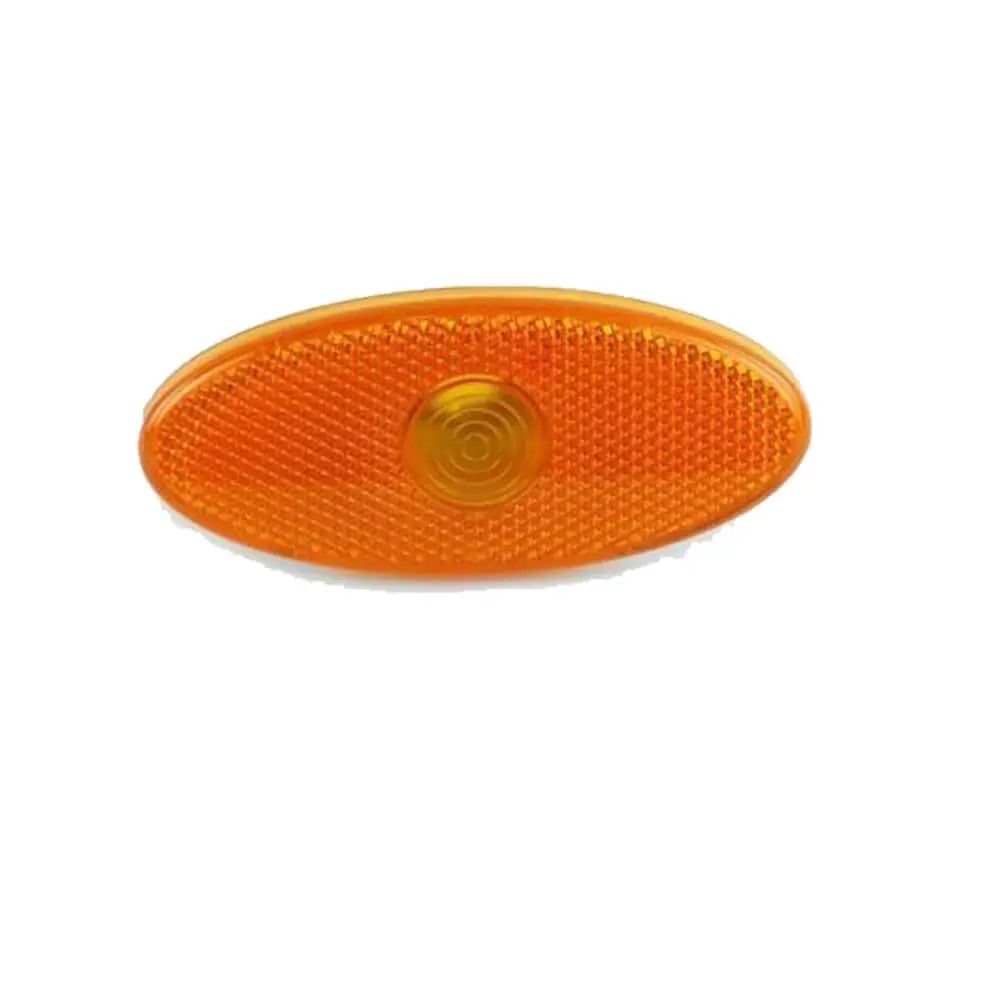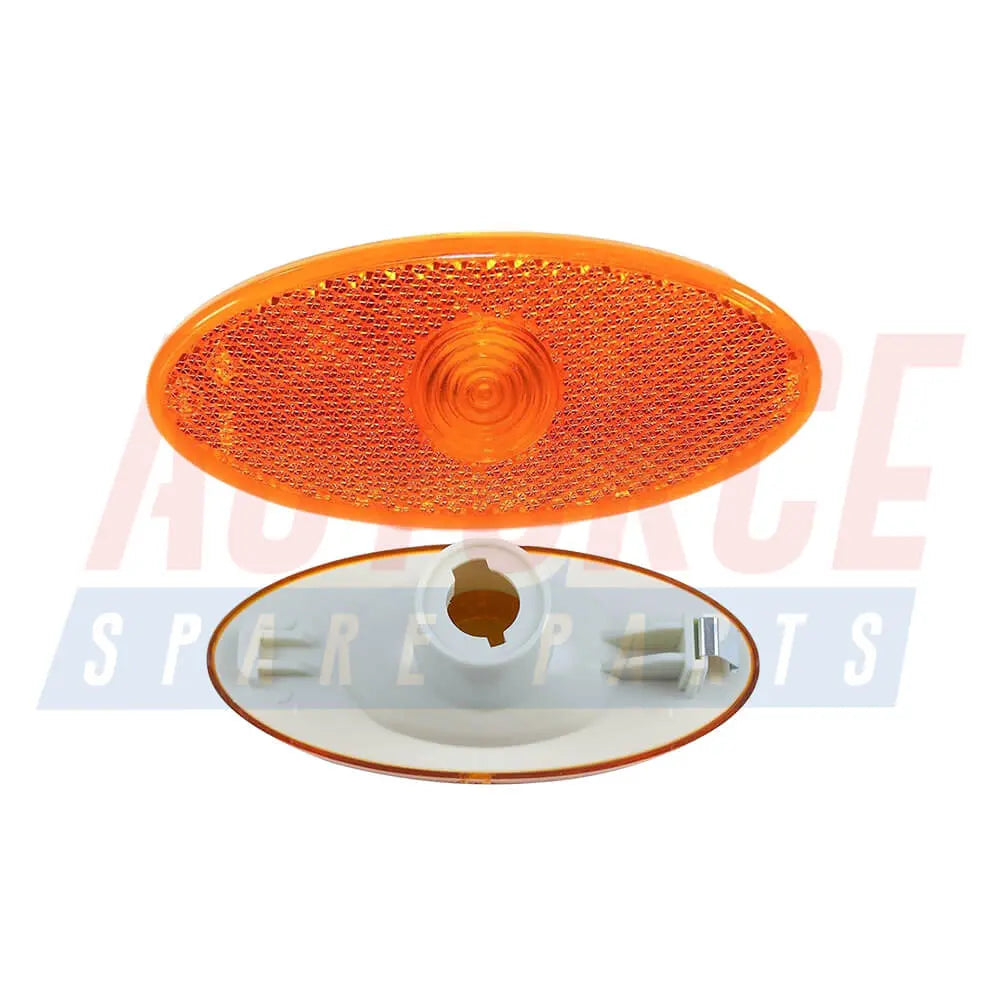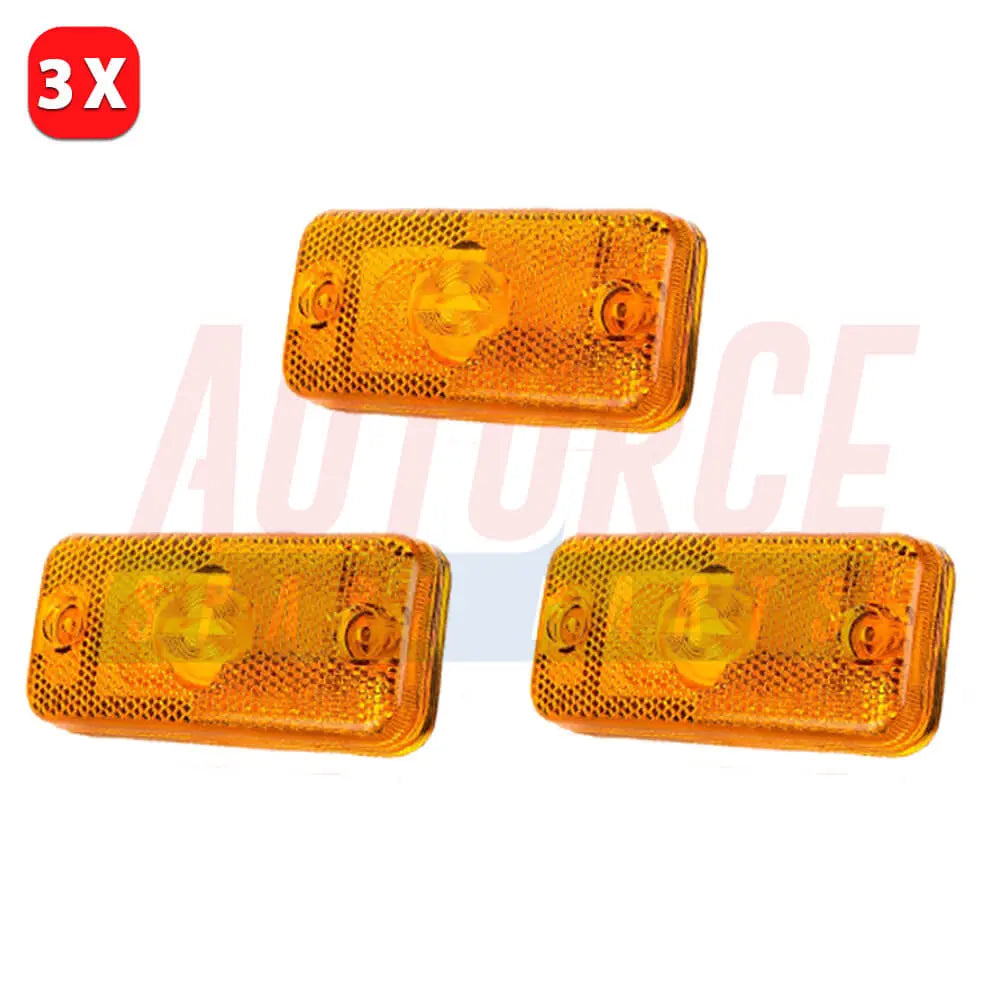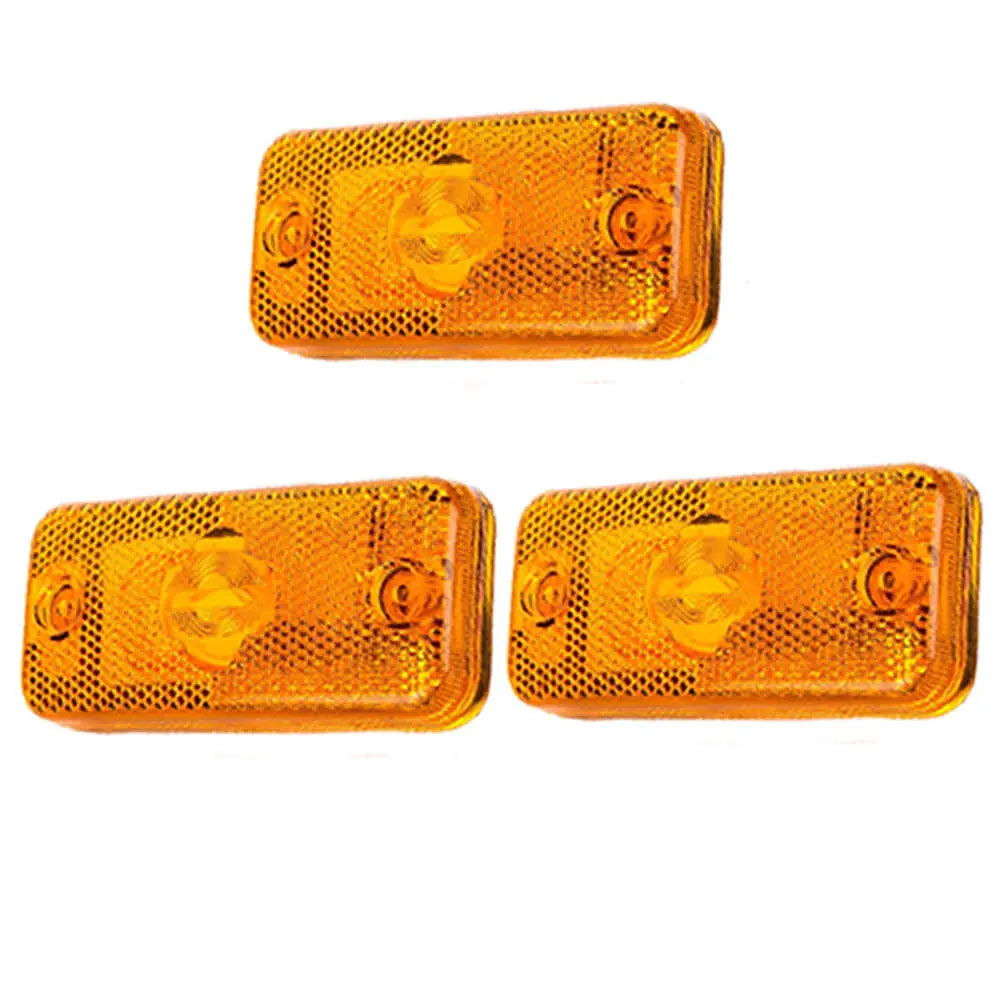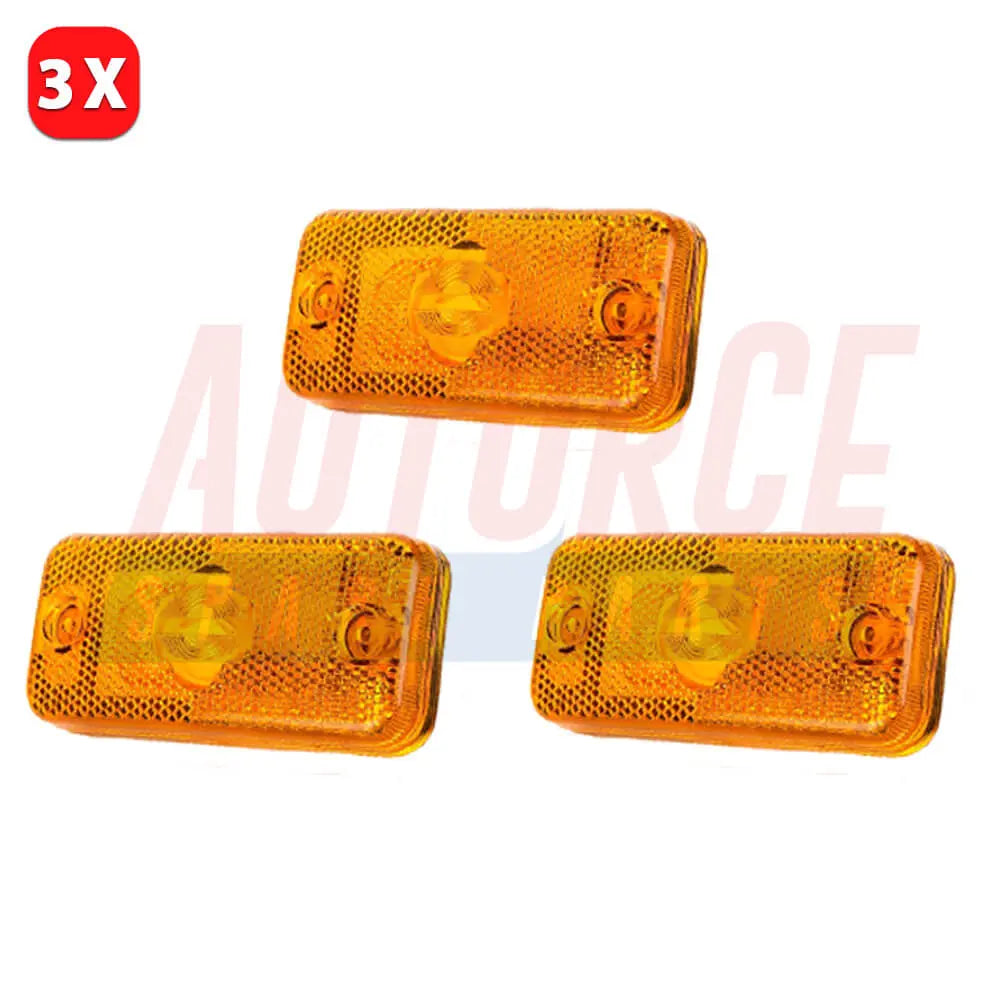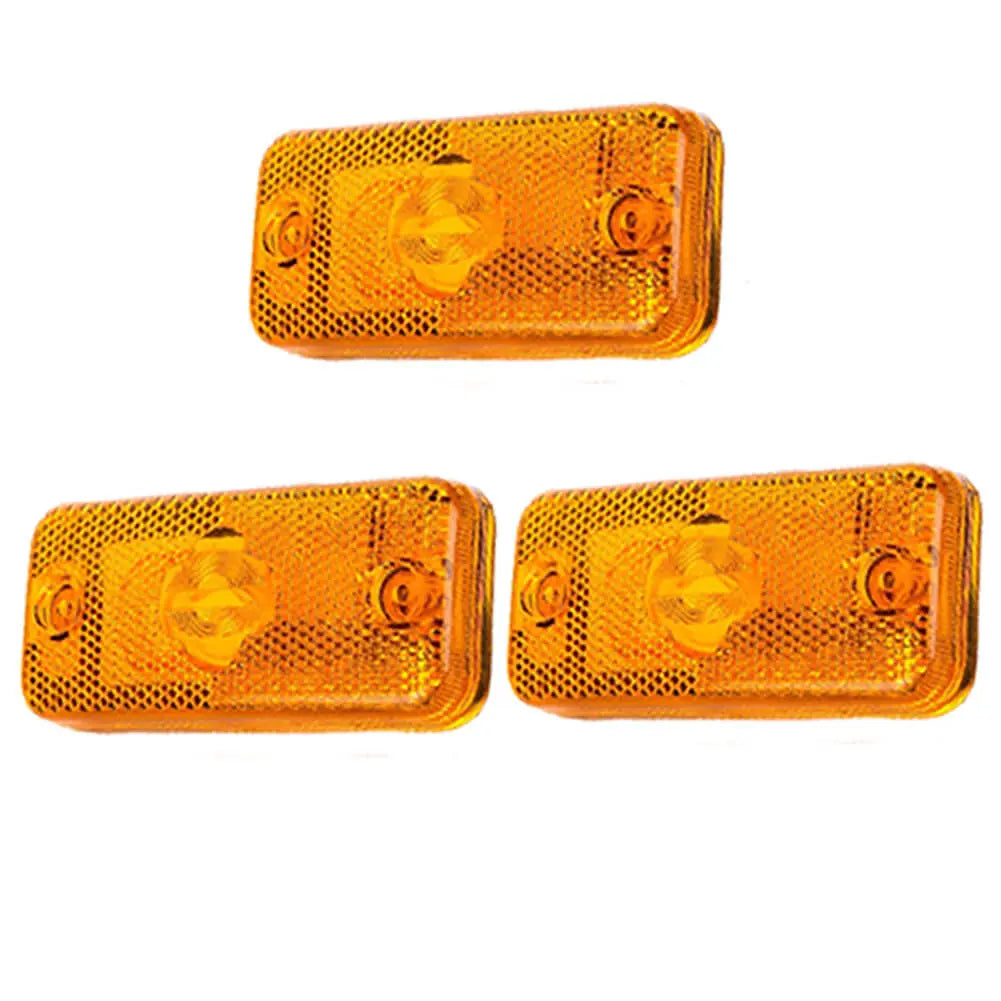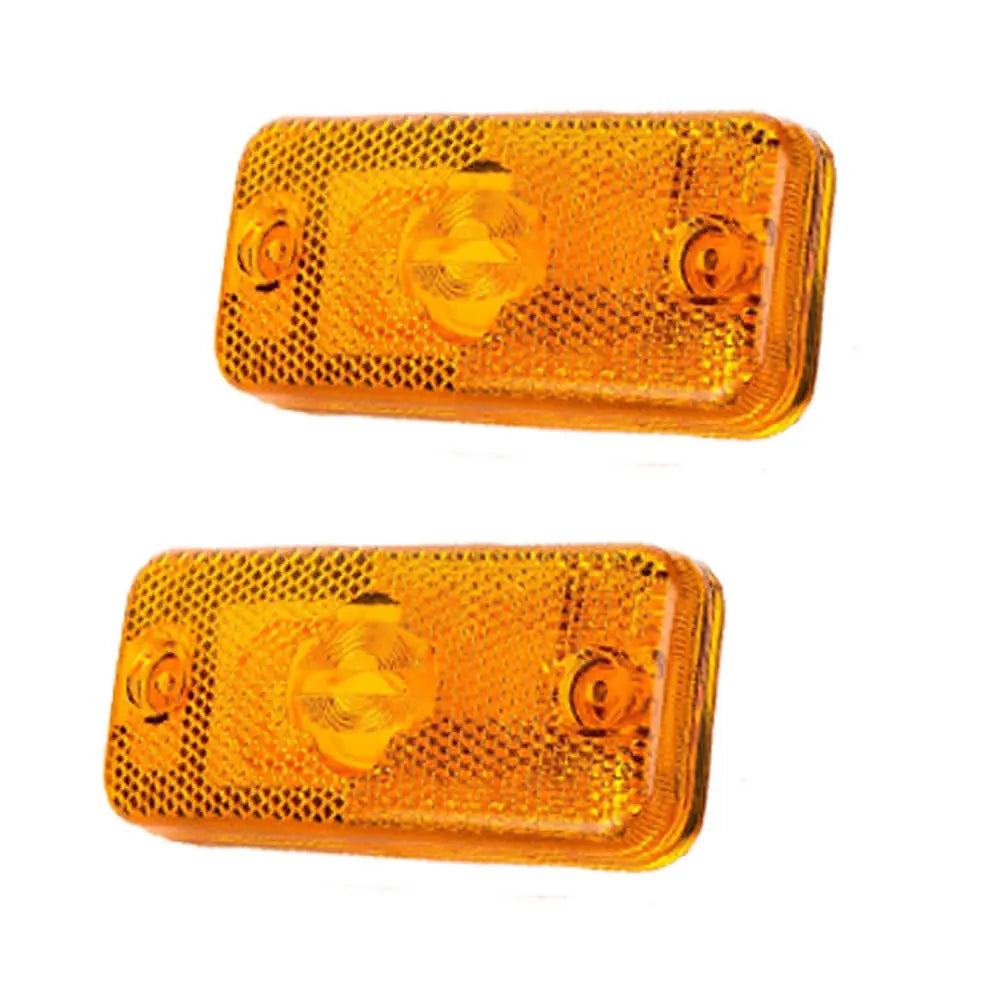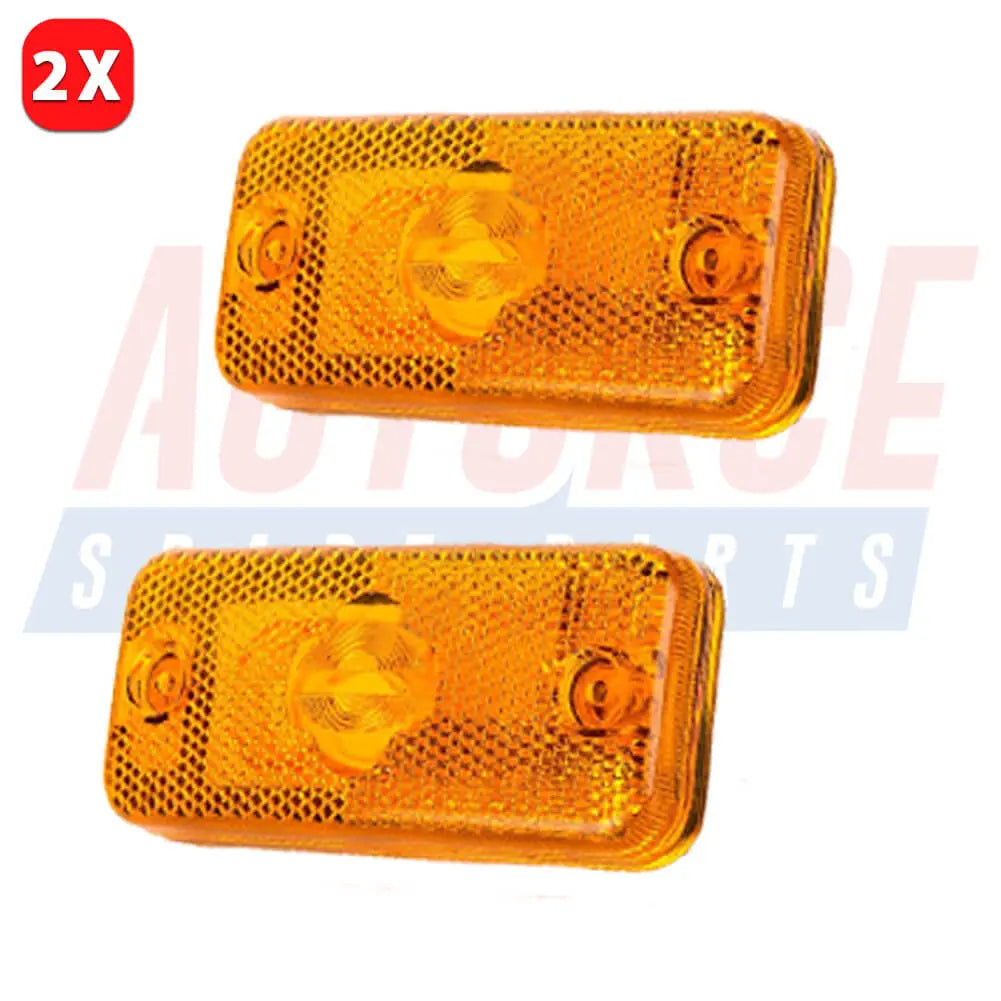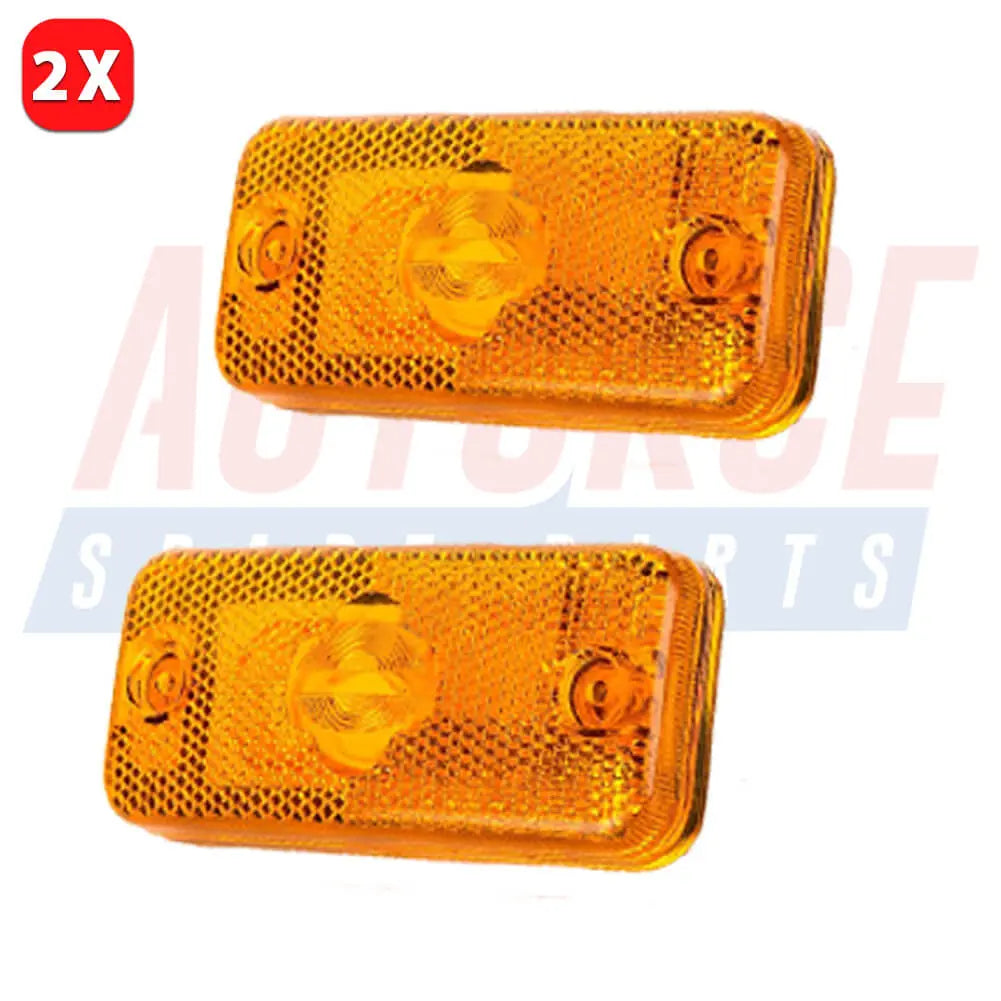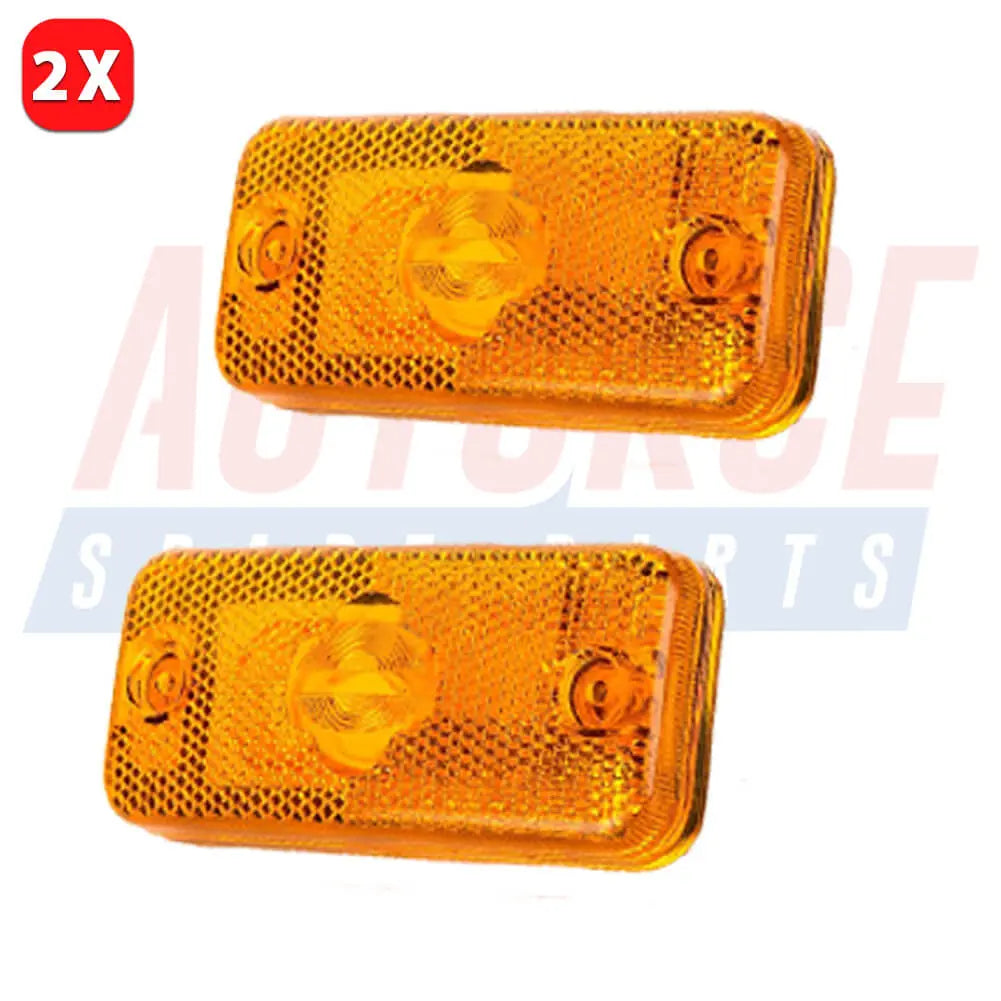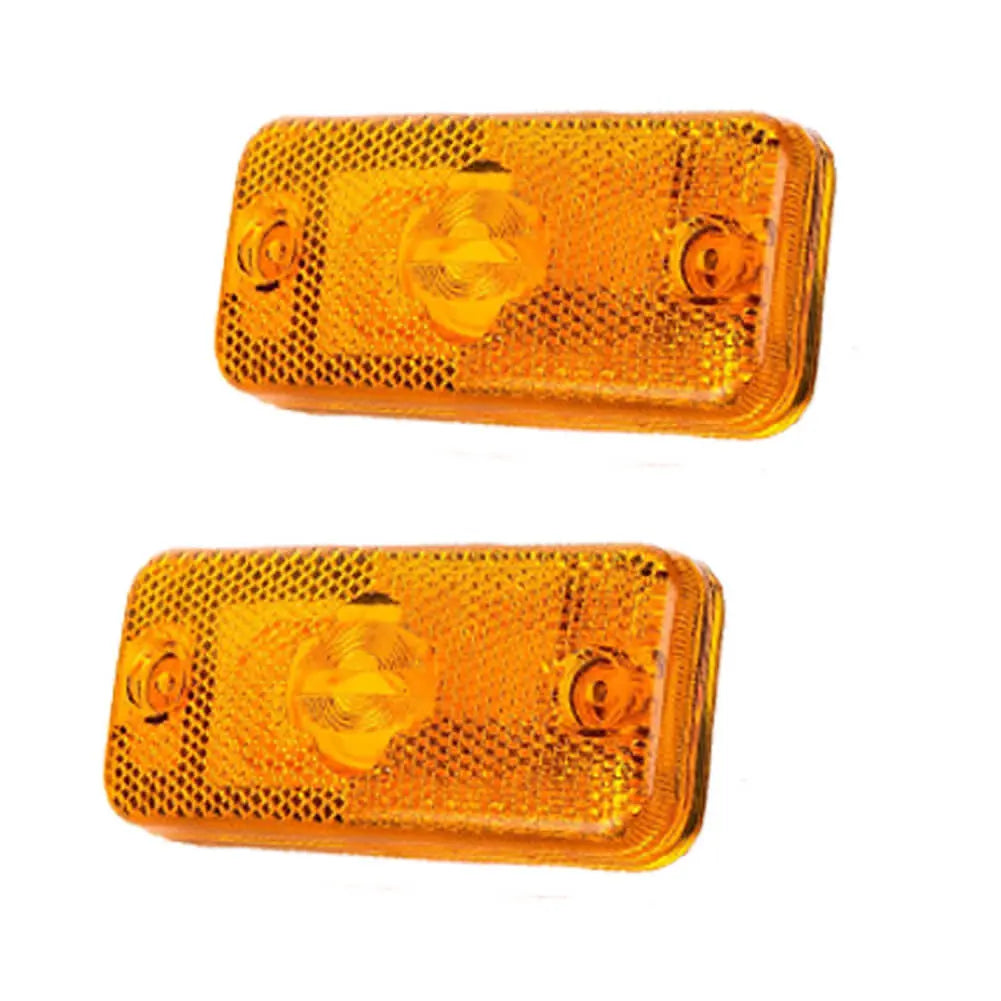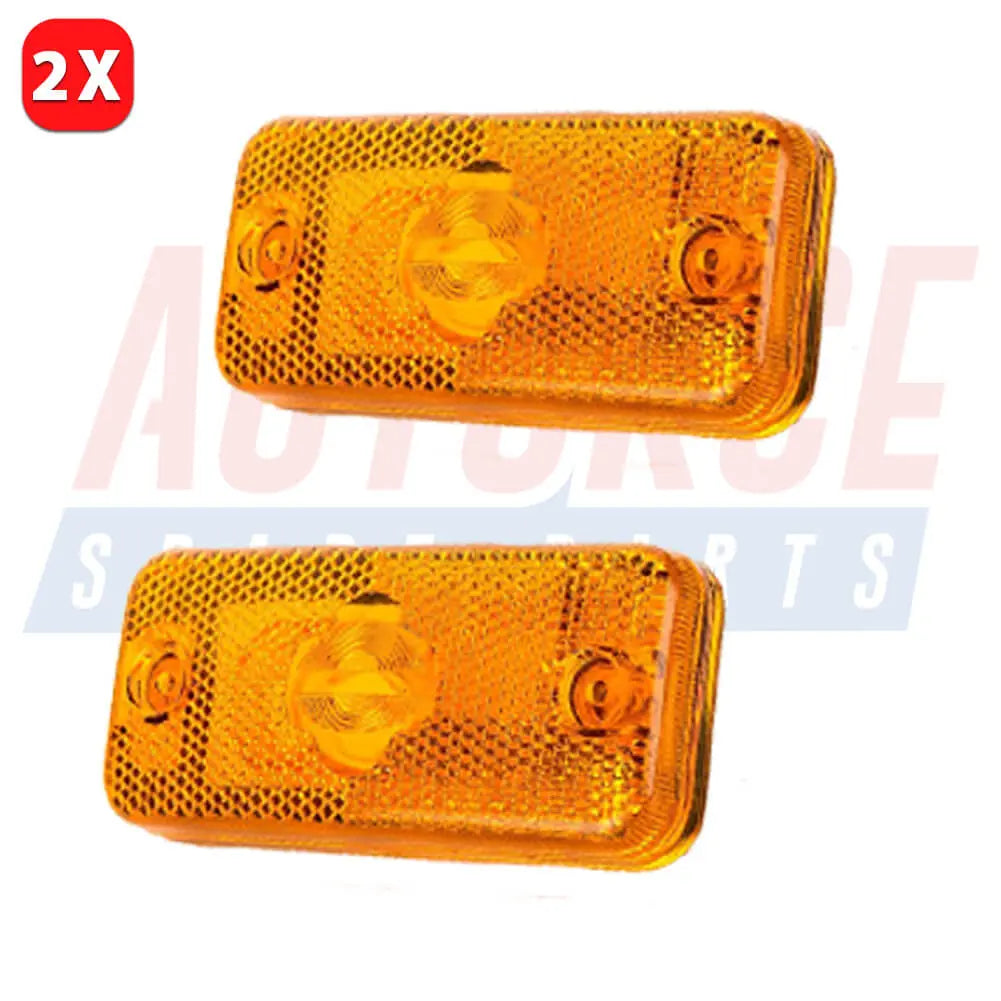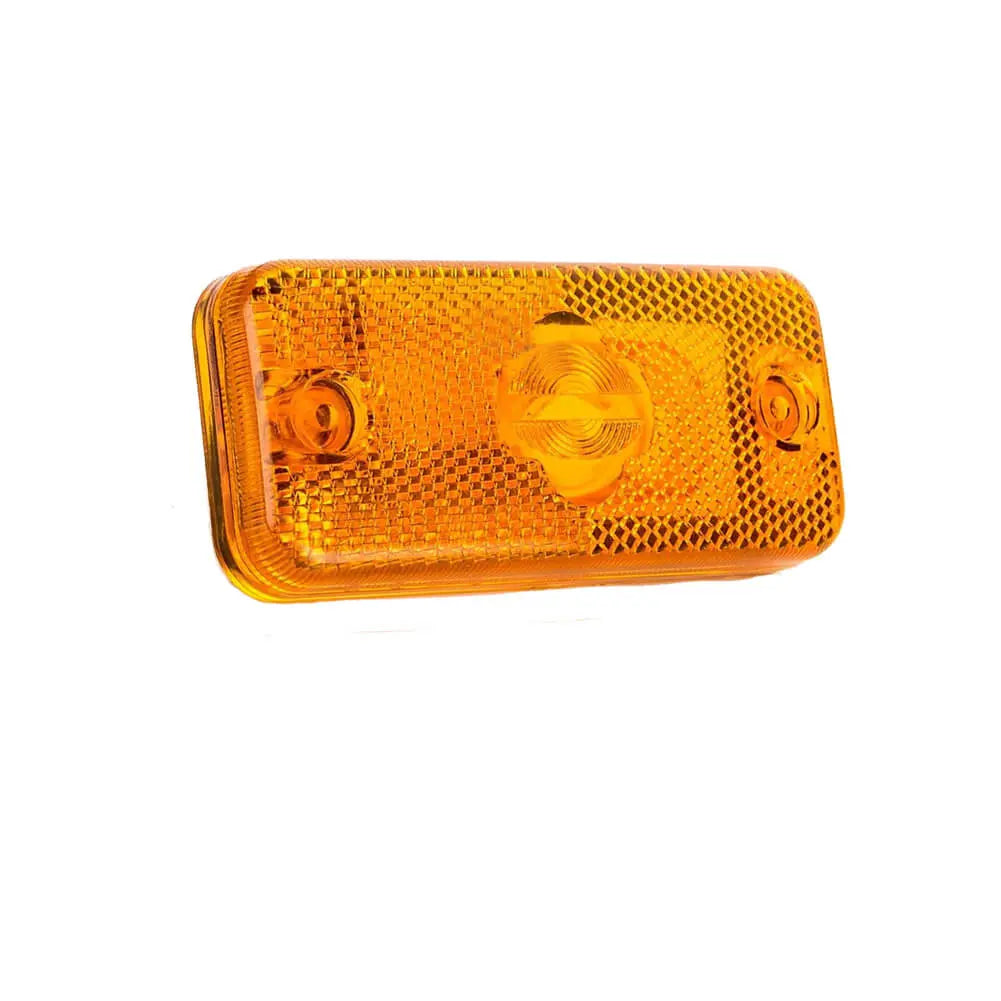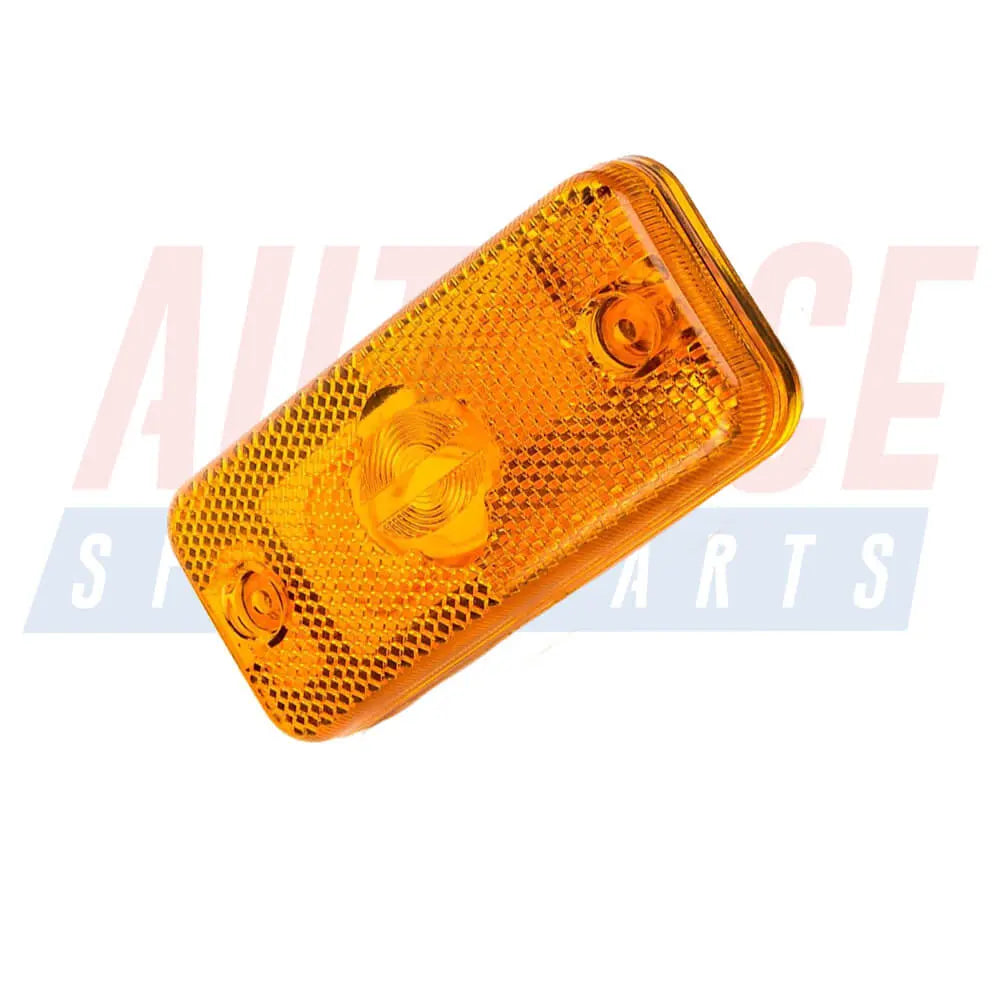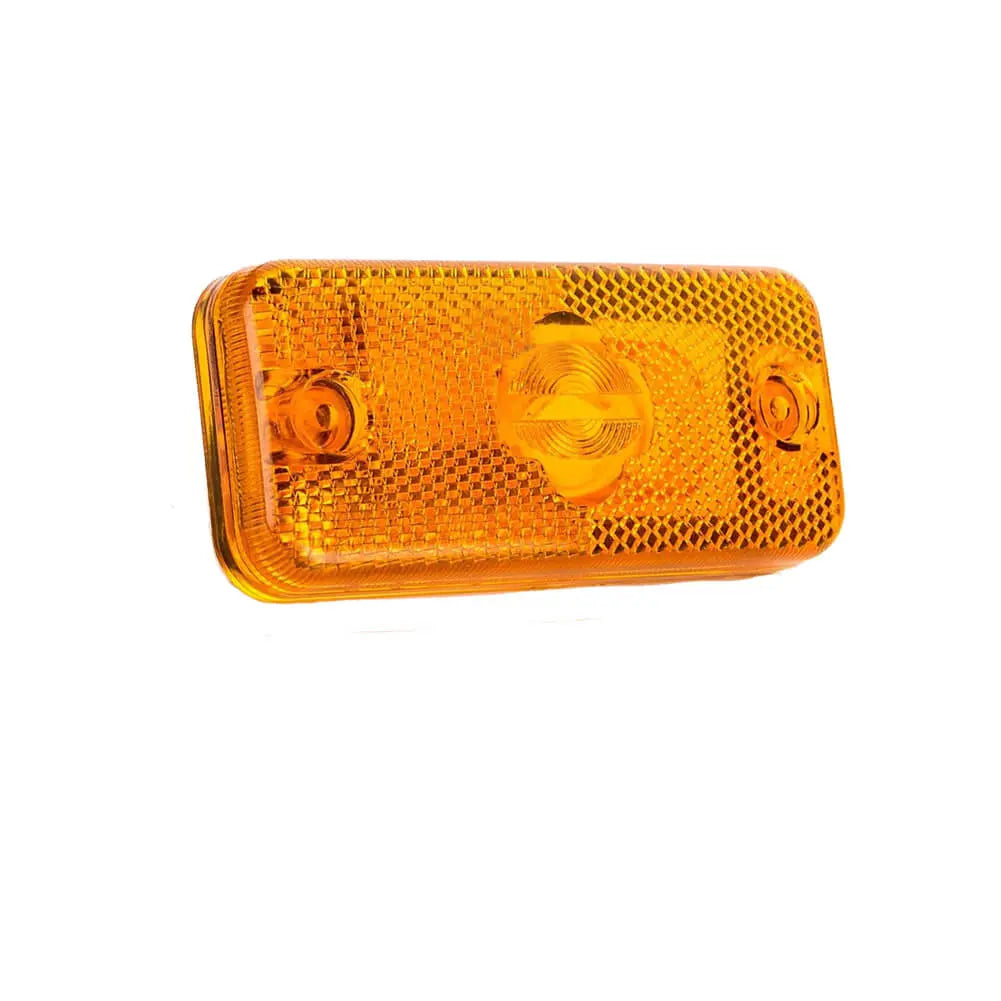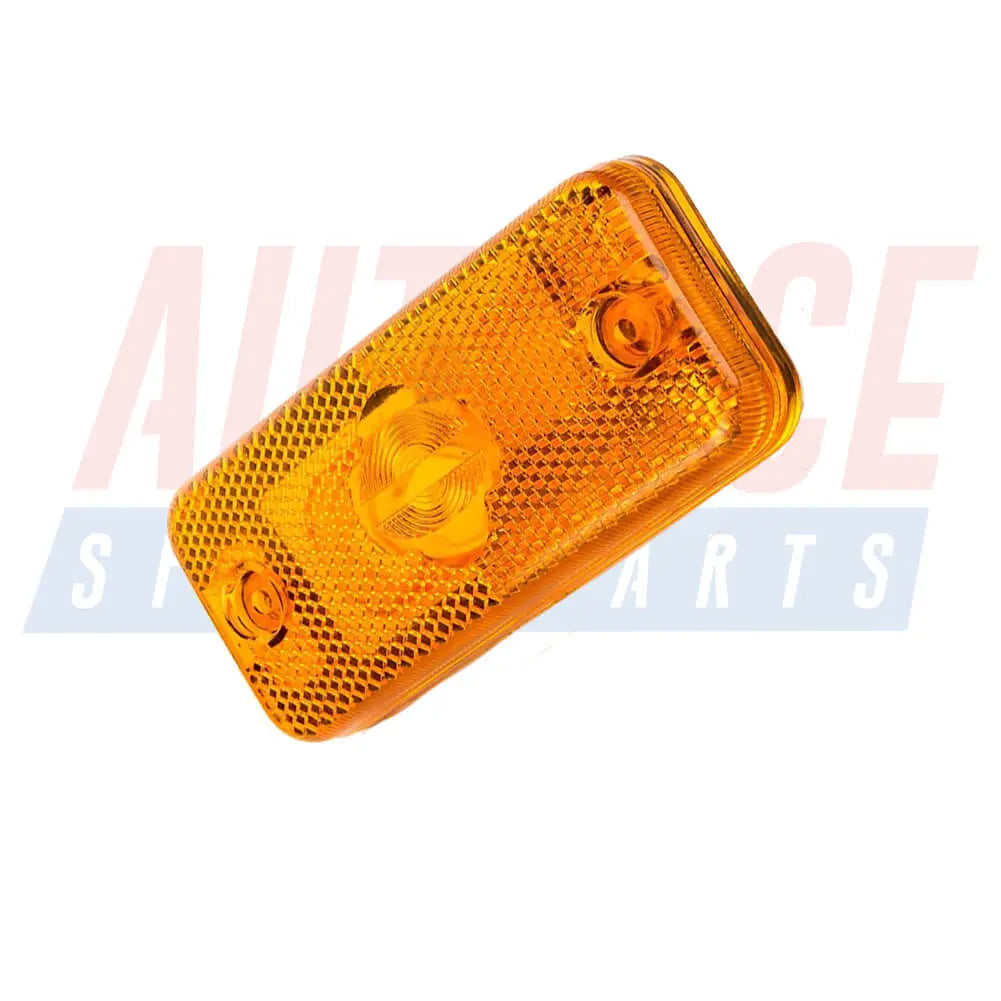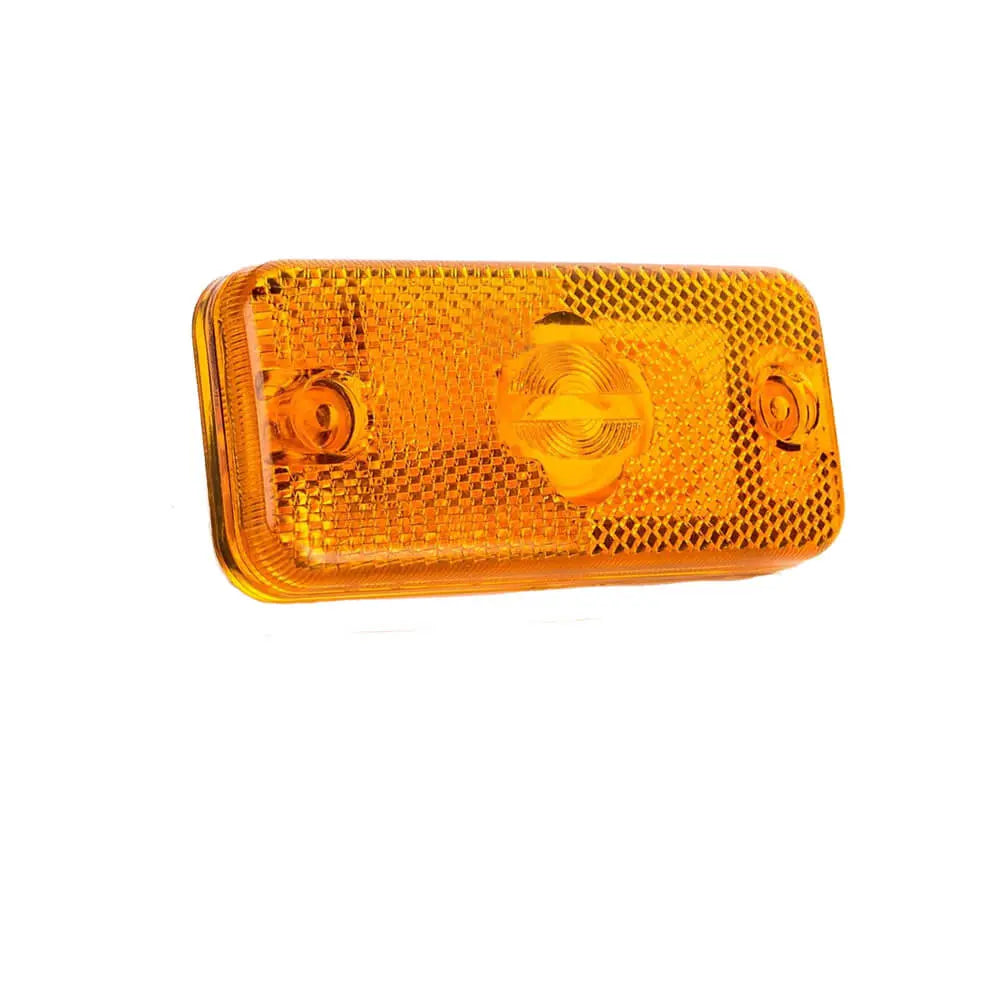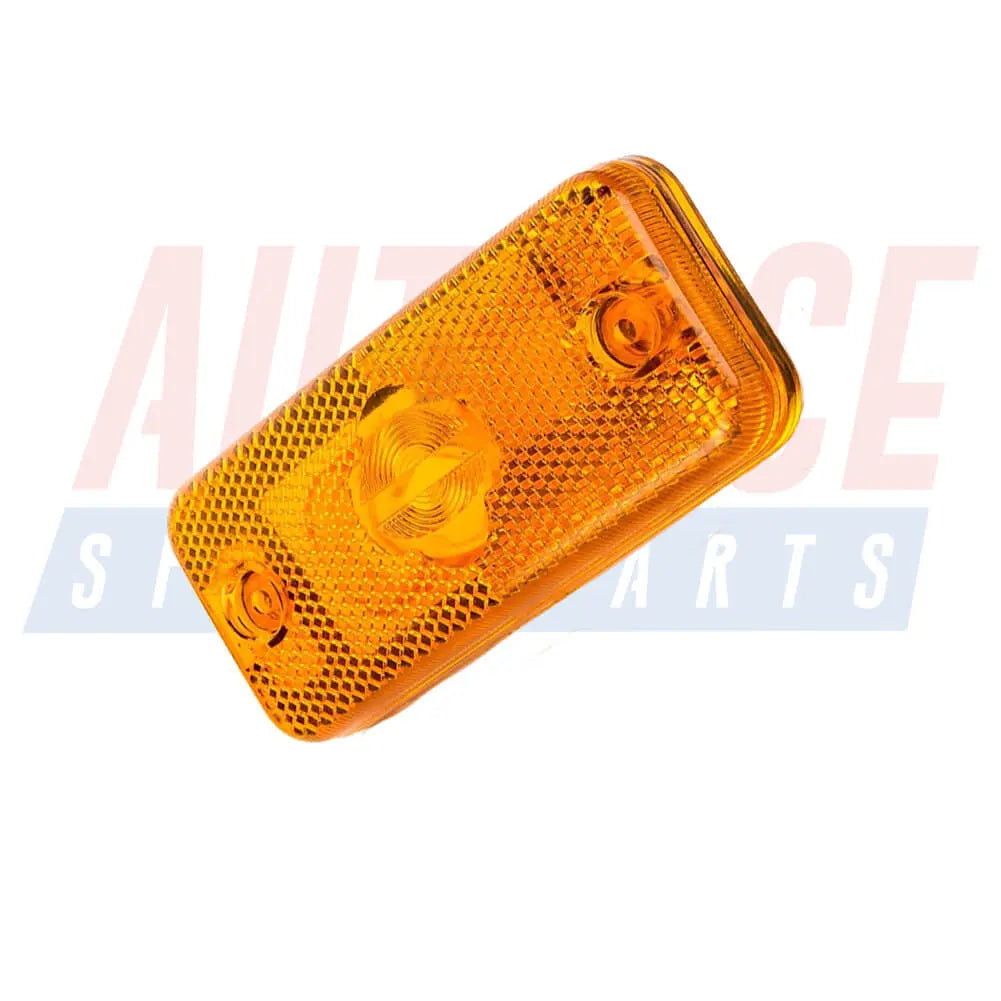Shop by Category
Reflectors
25 products
Showing 1 - 24 of 25 products
Enhancing Road Safety: The Importance and Benefits of Reflectors for Cars
Safety on the road is a paramount concern for all drivers and passengers. One essential aspect of road safety is the effective use of reflectors for cars. Reflectors play a crucial role in enhancing visibility, especially during low-light conditions and adverse weather. This article delves into the significance of reflectors for cars, their different types, and the numerous benefits they bring to the table.What are Reflectors for Cars?
Reflectors are small devices that are strategically placed on a vehicle to reflect light from other sources, such as headlights and streetlights. They work by bouncing back light in the direction it came from, making the vehicle more visible to other road users, including drivers and pedestrians.Types of Reflectors
a. Retroreflectors: Retroreflectors are the most common type of reflectors used on cars. They are designed to reflect light back to its source, such as the headlights of an oncoming vehicle. Retroreflectors consist of tiny glass beads or prisms that redirect light, making the car appear more visible from various angles.b. Side Reflectors: Side reflectors are positioned on the sides of the vehicle and emit light sideways. These are particularly crucial for improving the car's visibility when another vehicle approaches from the side, reducing the risk of side-impact collisions.
c. Raised Pavement Markers (RPMs): Though not directly attached to the car, RPMs deserve a mention as they work together with vehicle reflectors to enhance road safety. RPMs are used on the road surface and use a combination of reflective materials to guide drivers, especially during night-time driving or adverse weather conditions.
Importance of Reflectors for Cars
a. Improved Visibility: Reflectors significantly enhance a car's visibility, especially during dusk, dawn, and night-time driving when the lighting conditions are less favorable. They also serve as a useful tool during poor weather conditions, such as heavy rain or fog.b. Accident Prevention: Reflectors play a crucial role in preventing accidents. By making the car more visible to other road users, reflectors allow drivers to detect the presence of vehicles from a greater distance, giving them more time to react and avoid potential collisions.
c. Pedestrian Safety: Reflectors not only benefit drivers but also enhance pedestrian safety. When a car's reflectors catch the light, they help pedestrians identify approaching vehicles more easily, particularly in areas with limited street lighting.
d. Regulatory Compliance: Many countries have strict regulations concerning the use of reflectors on vehicles. Ensuring that your car has the required reflectors in the right positions helps you comply with these regulations, avoiding fines and legal issues.
Best Practices for Reflectors
a. Regular Maintenance: Ensure that the reflectors are clean and free from dirt, grime, or debris. Regularly inspect and replace damaged or faded reflectors to maintain optimal visibility.
b. Proper Placement: Install reflectors according to the manufacturer's guidelines and local regulations. Correct placement enhances their effectiveness and ensures they fulfill their intended purpose.
c. High-Quality Reflectors: Invest in high-quality, approved reflectors from reputable manufacturers. These reflectors are more durable and efficient, providing better performance in the long run.
Reflectors for cars are invaluable safety features that significantly improve visibility and prevent accidents. Their ability to reflect light from other sources makes vehicles more noticeable to other road users, enhancing overall road safety. It is essential for every driver to ensure their car is equipped with the appropriate reflectors and to maintain them in good condition. By taking this simple step, we can collectively contribute to safer roads for everyone and reduce the risk of accidents on our journeys.
Showing 1 - 24 of 25 products
Display
View
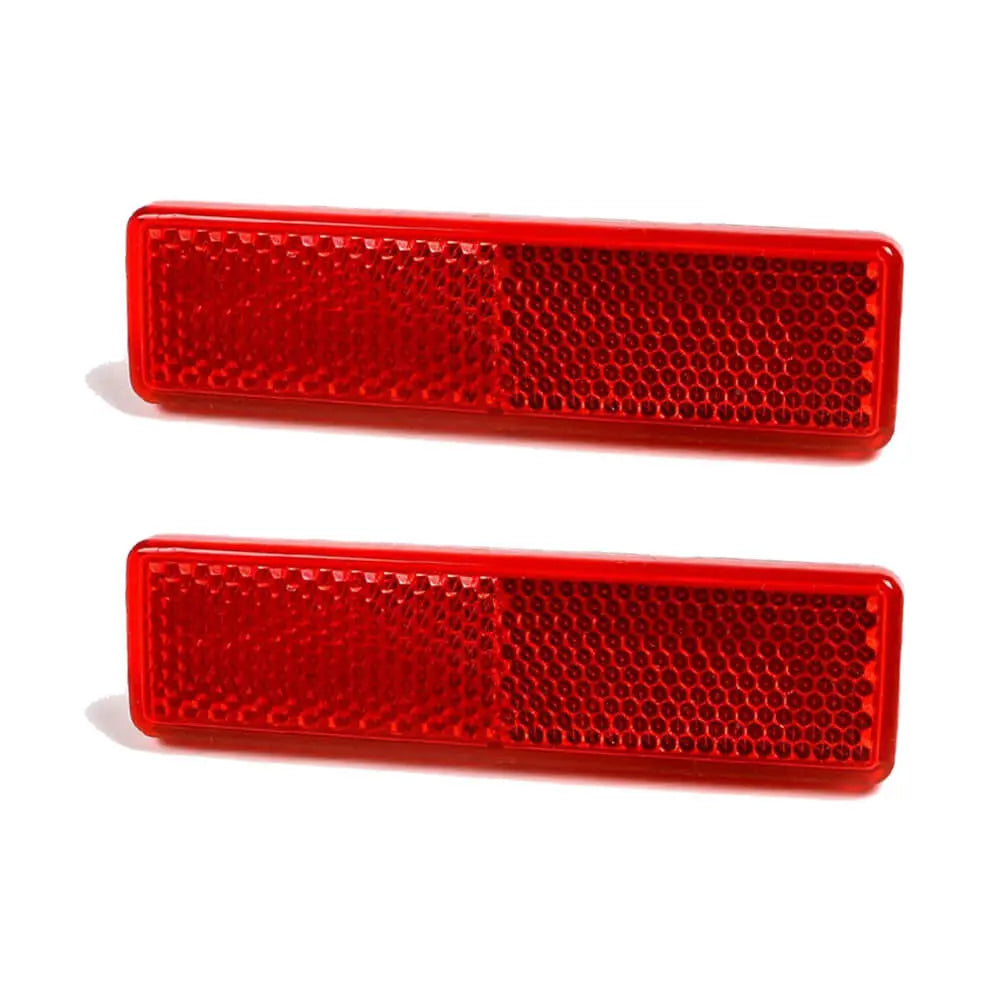

2 Pcs Rear Bumper Reflecto For Opel Vivaro (2001 - Onwards) 09160858, 4500558, 7700353184
Sale price£11.99
No reviews
In stock

Rear Bumper Reflector For Nissan Primastar NV300 (2001- Onwards) 09160858, 7700353184, 4500558
Sale price£8.99
No reviews
In stock

Rear Bumper Reflecto For Opel Vivaro (2001 - Onwards) 09160858, 4500558, 7700353184
Sale price£8.99
No reviews
In stock

6 Pcs Si̇de Marker Lamp L/R For Peugeot Boxer 2.0 BlueHDi 2.2 HDi 2.2 HDi 3.0 HDi (2006 - Onwards) 6303A0, 71749250
Sale price£24.90
No reviews
Hurry! Stock running out!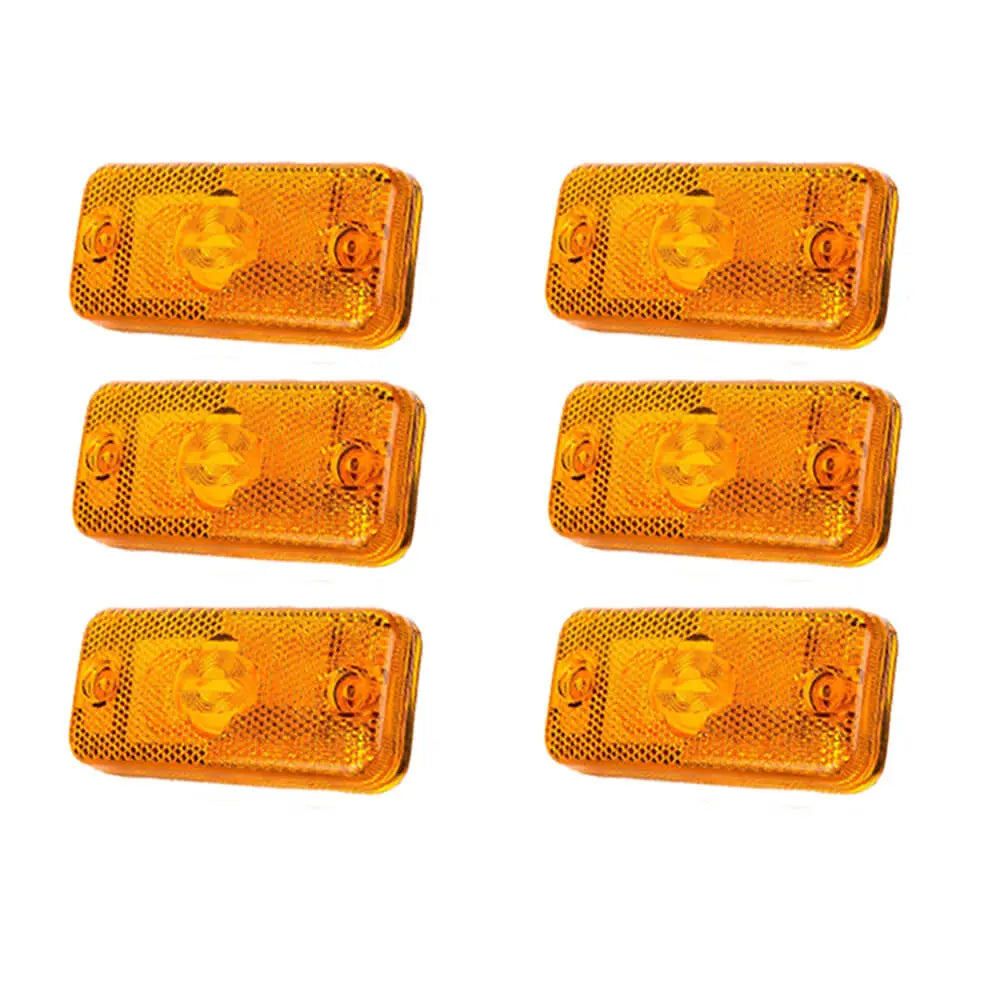

6 Pcs Si̇de Marker Lamp L/R For Iveco Daily (1997 - Onwards) 500308514, 5010306792, 41200664
Sale price£24.90
No reviews
In stock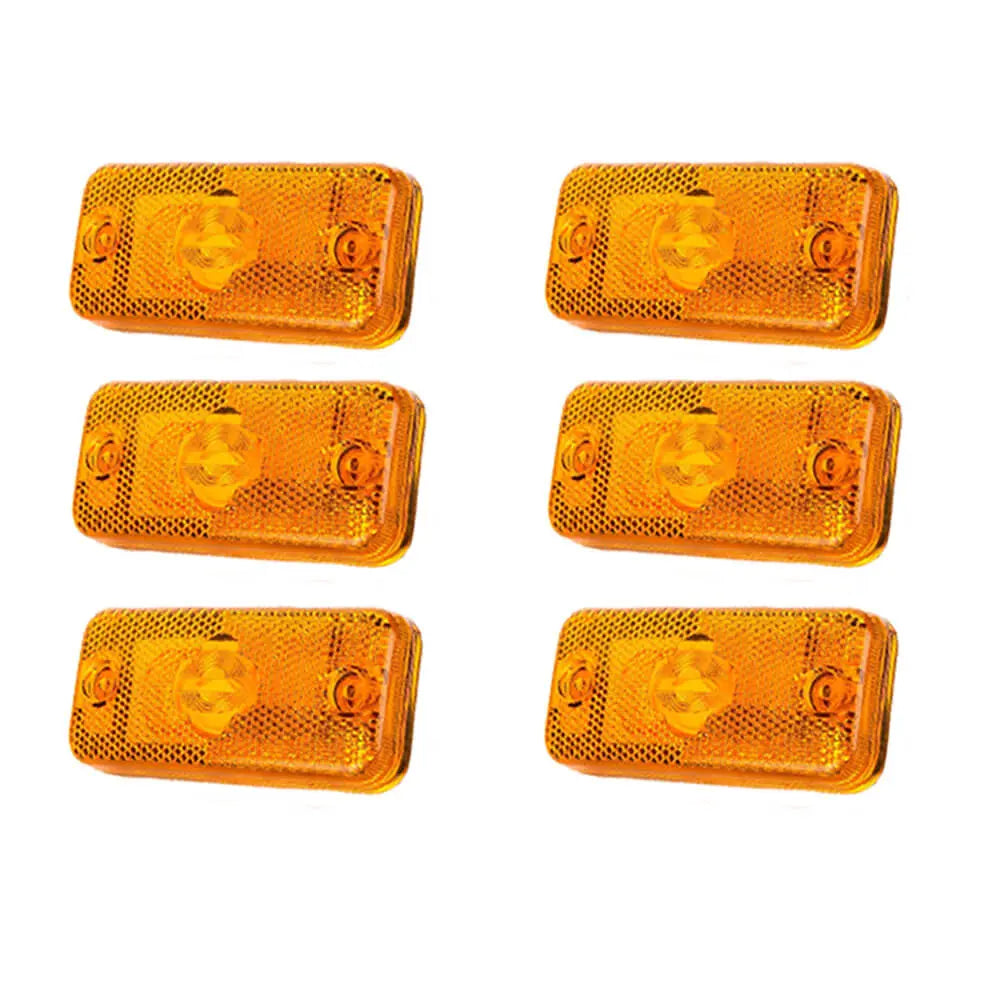
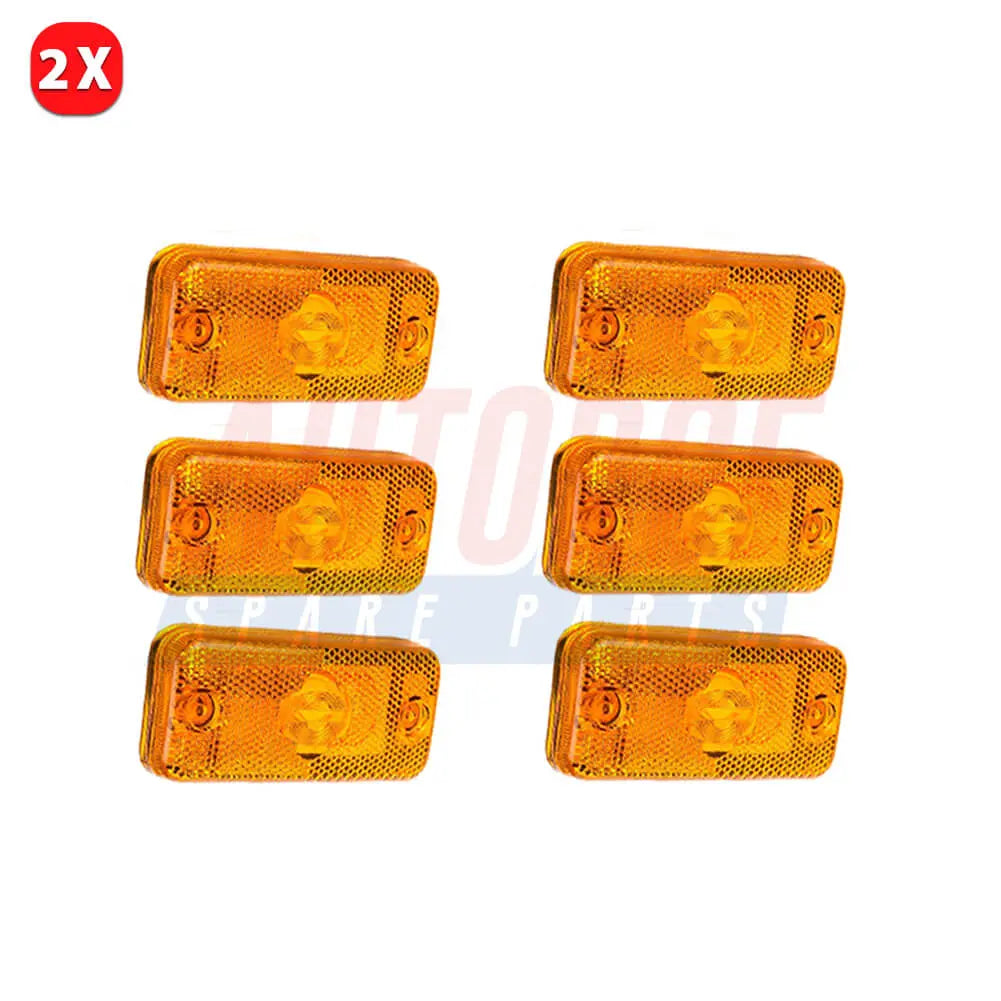
6 Pcs Si̇de Marker Lamp L/R For Fiat Ducato 2.2 D 2.3 D 2.0 D 3.0 (2006 - Onwards) 71749250, 1356794080
Sale price£24.90
No reviews
Hurry! Stock running out!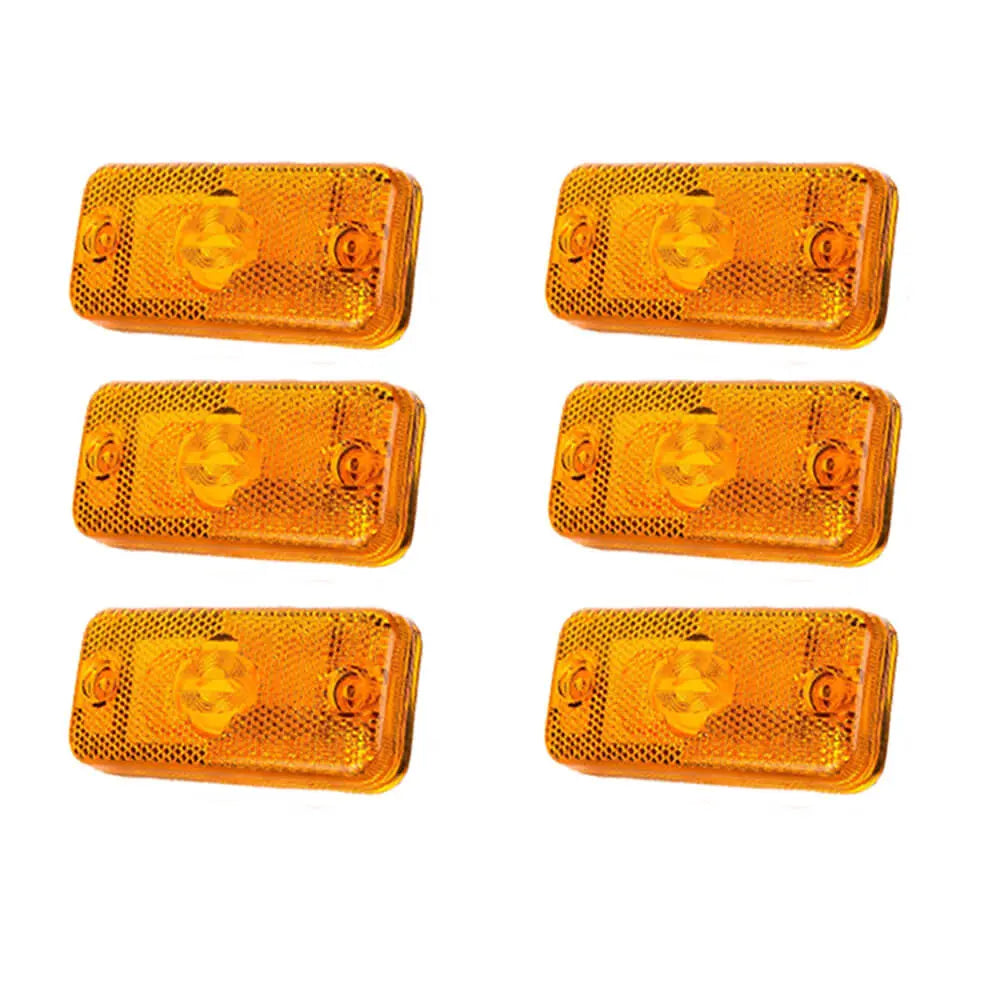
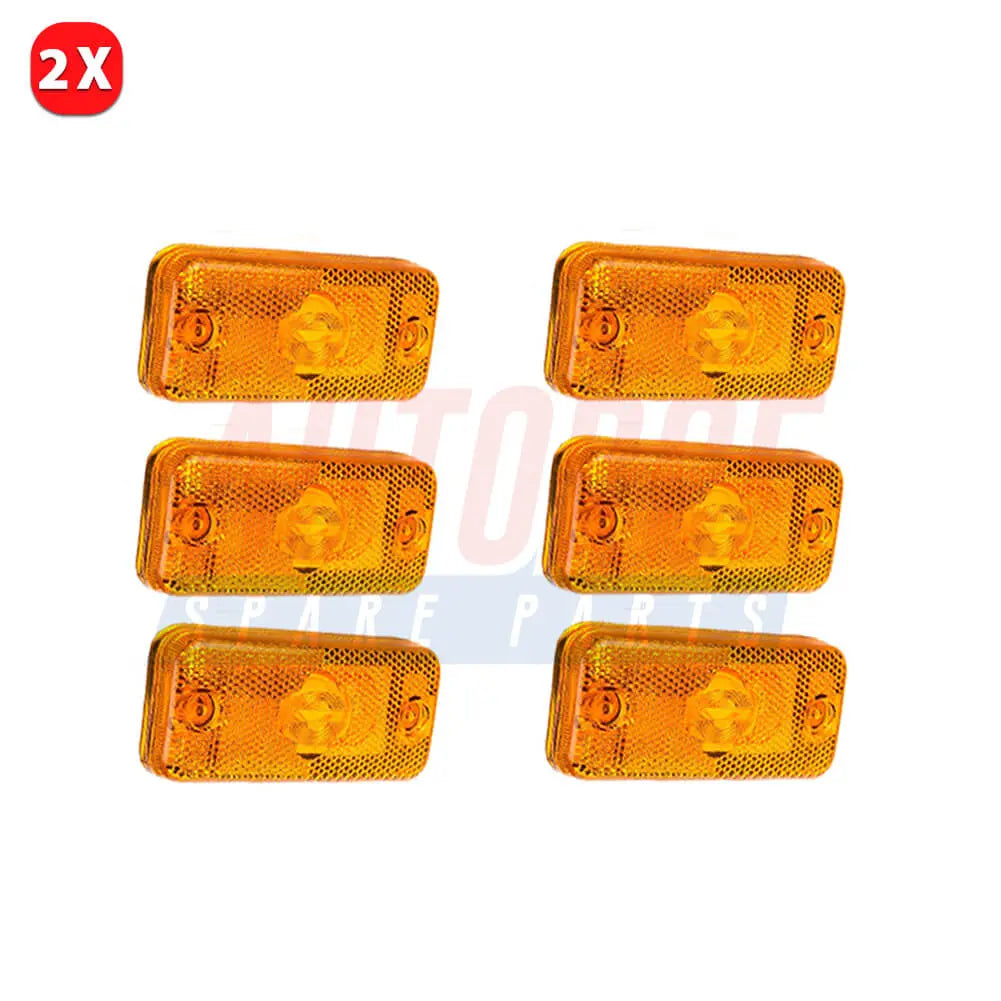
6 Pcs Si̇de Marker Lamp L/R For Citroen Relay 2.0 BlueHDi 2.2 HDi 3.0 HDi (2006 - Onwards) 6303A1, 630399, 6303A0, 71749250
Sale price£24.90
No reviews
Hurry! Stock running out!
Filters (0)



